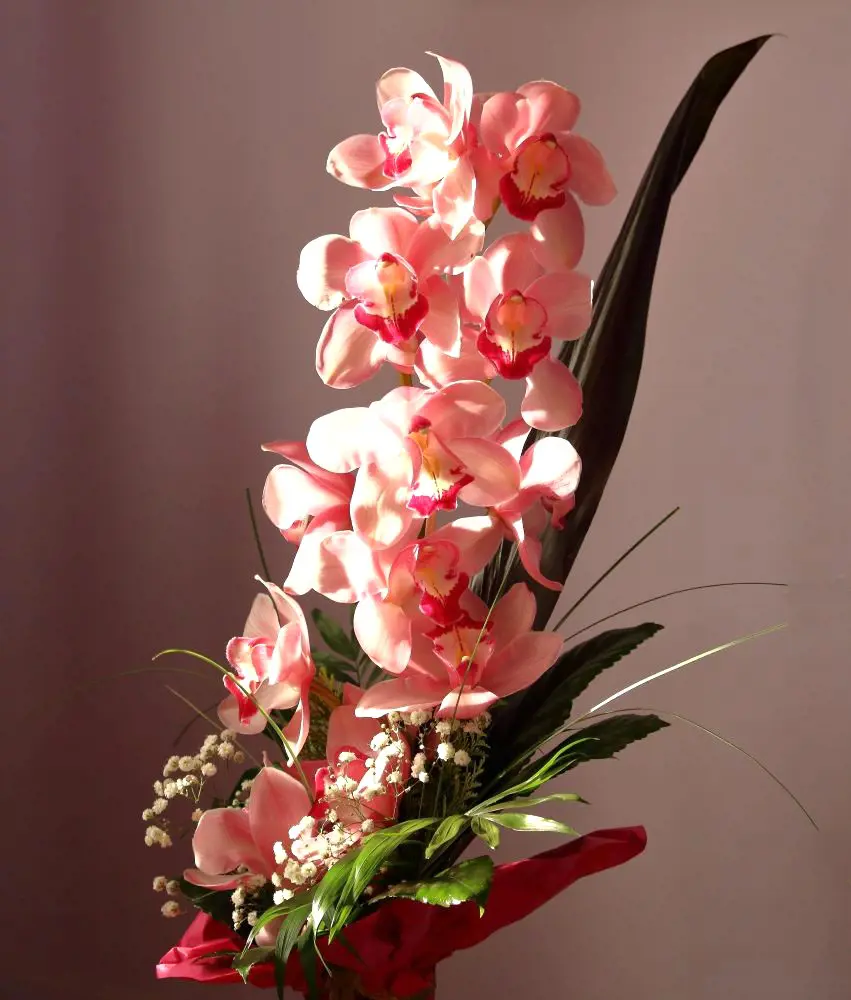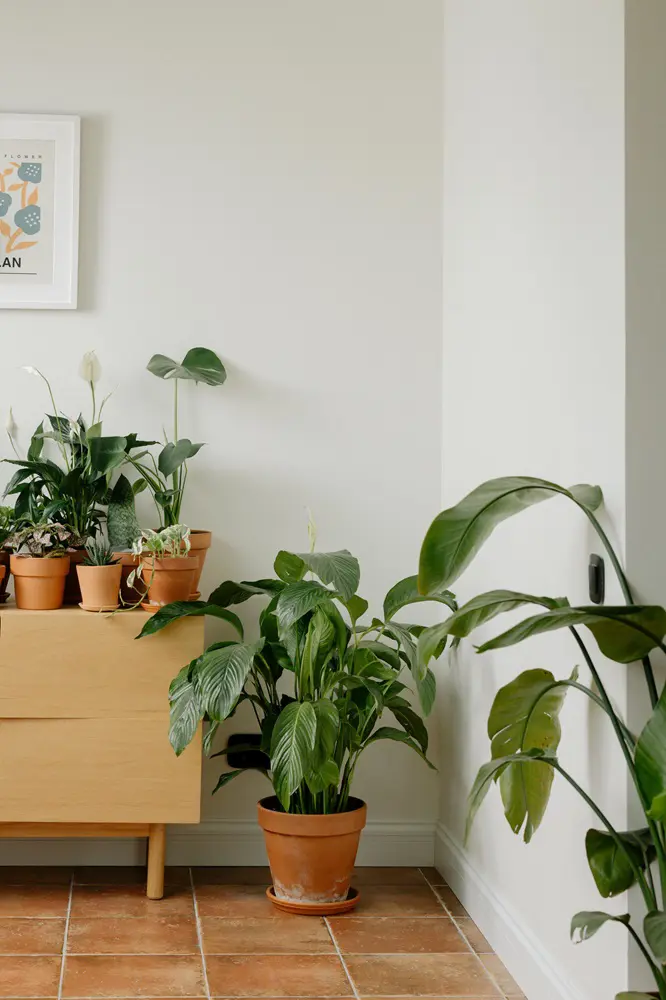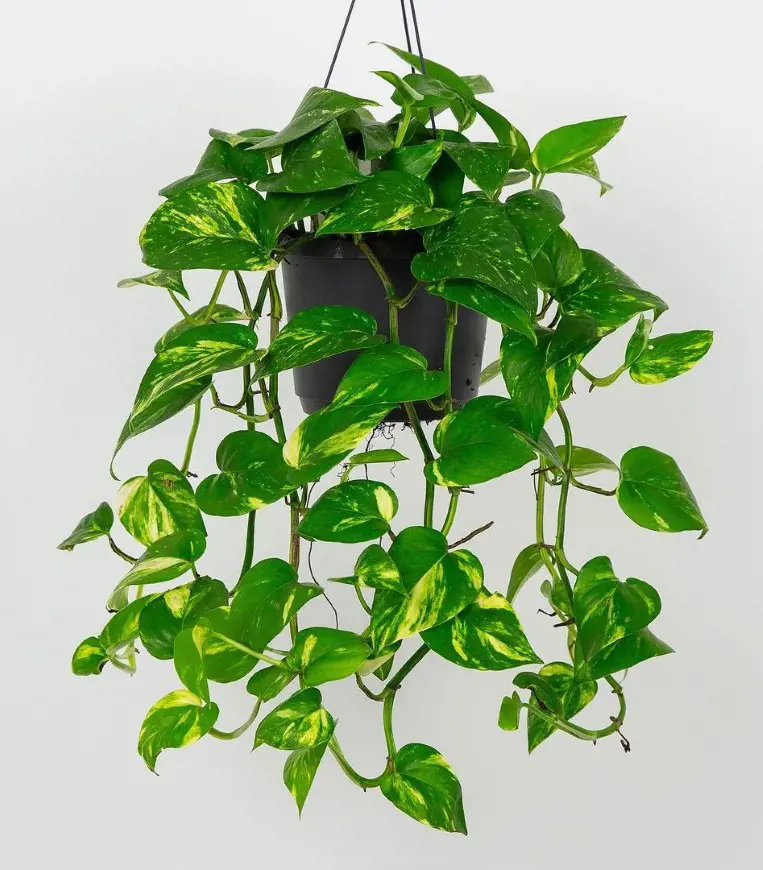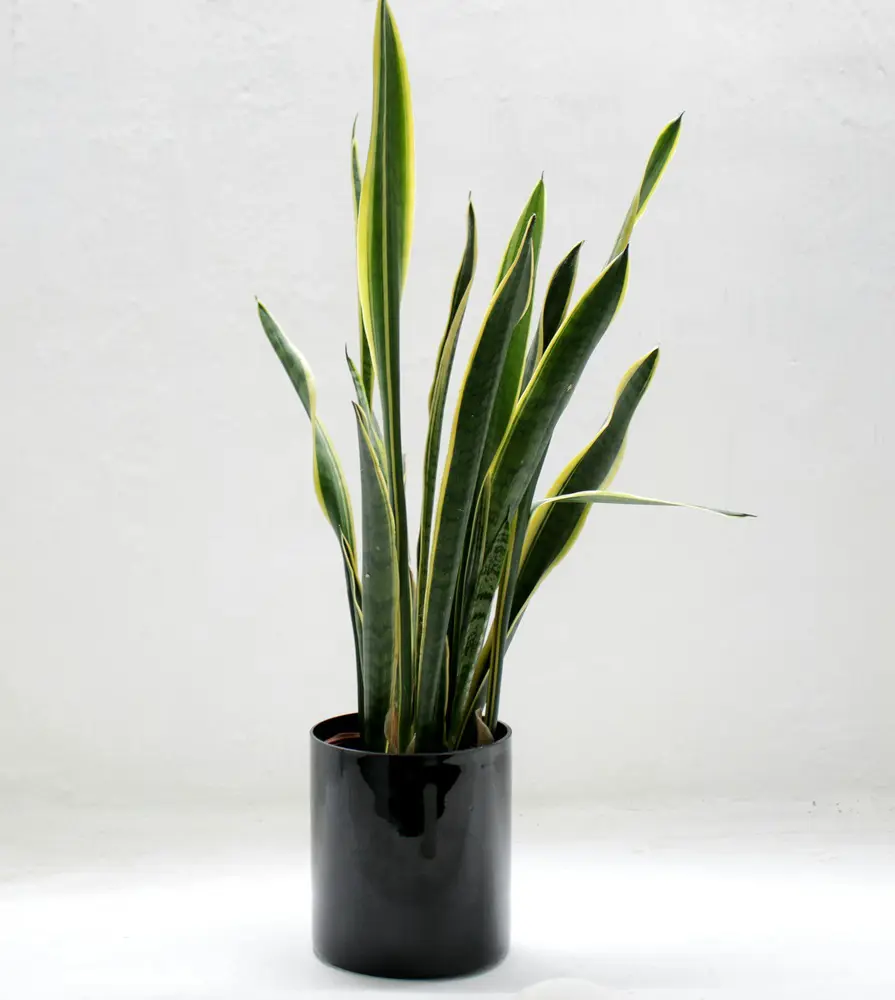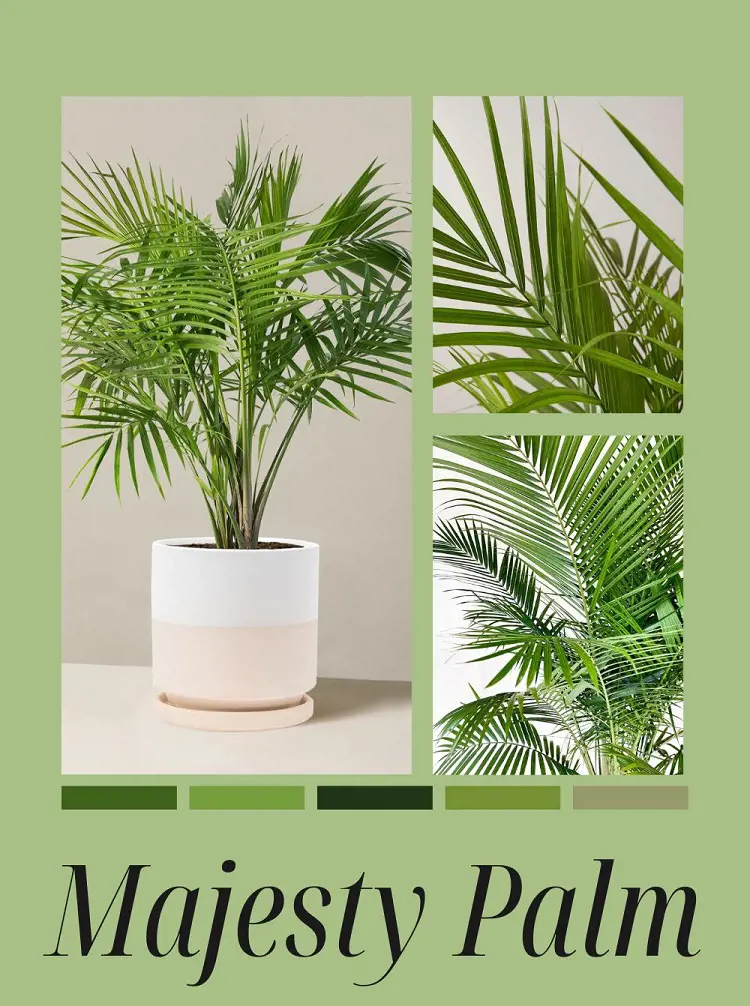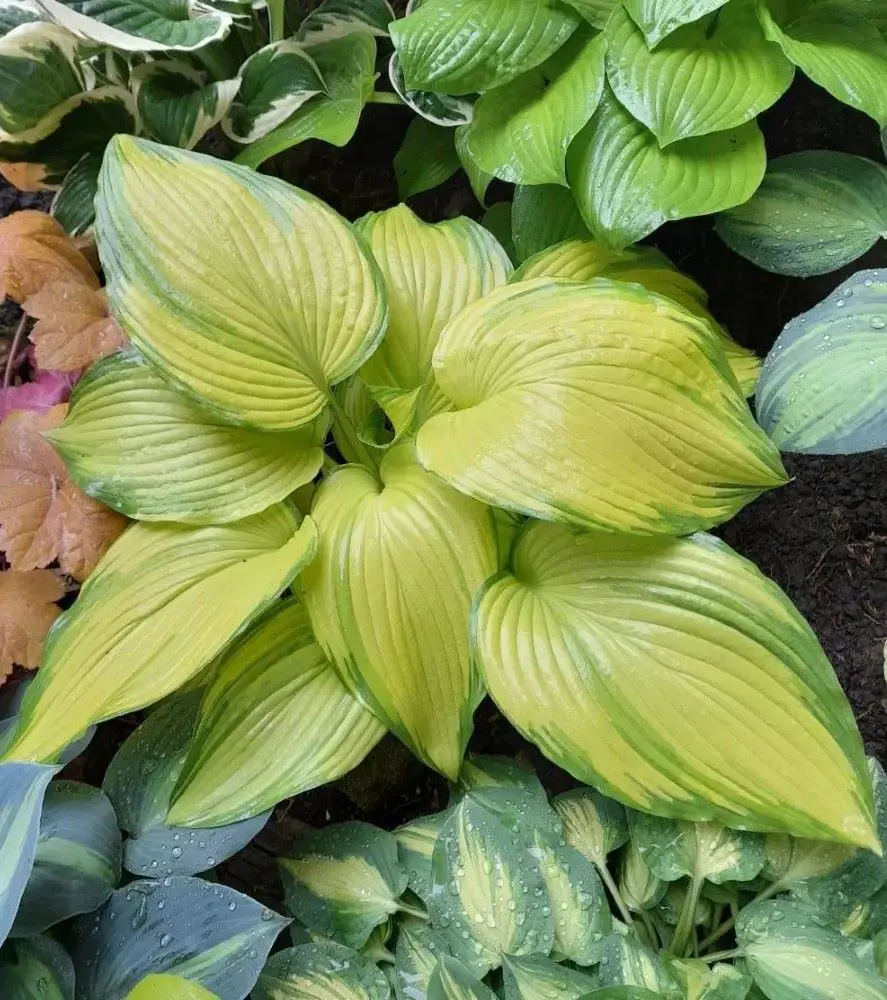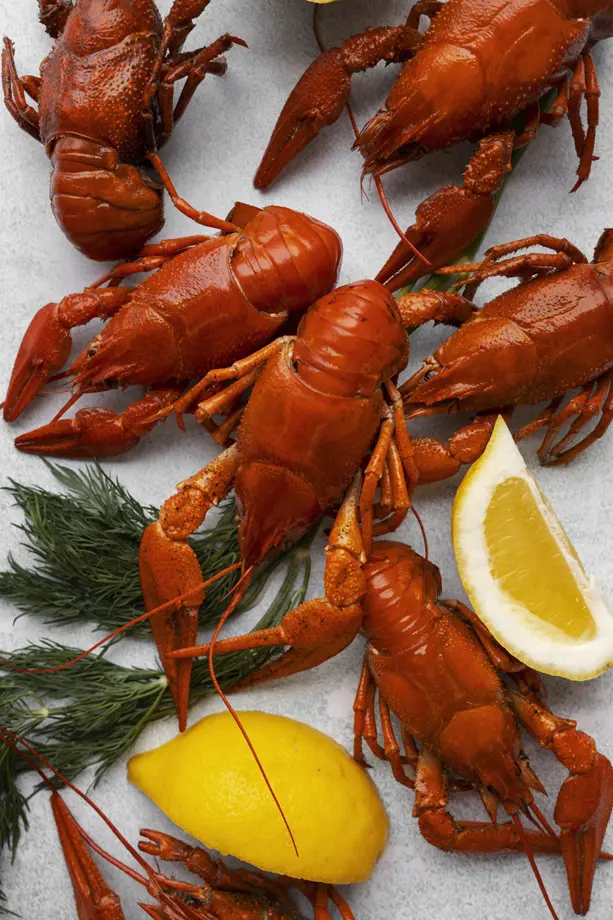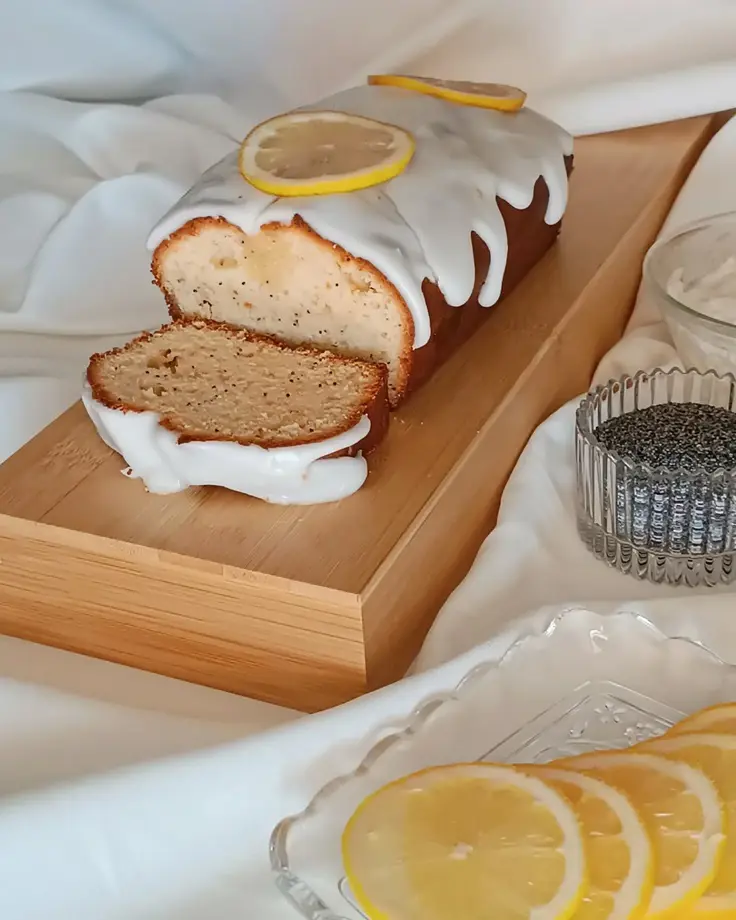40 Deer Resistant Plants and Flowers for Your Garden
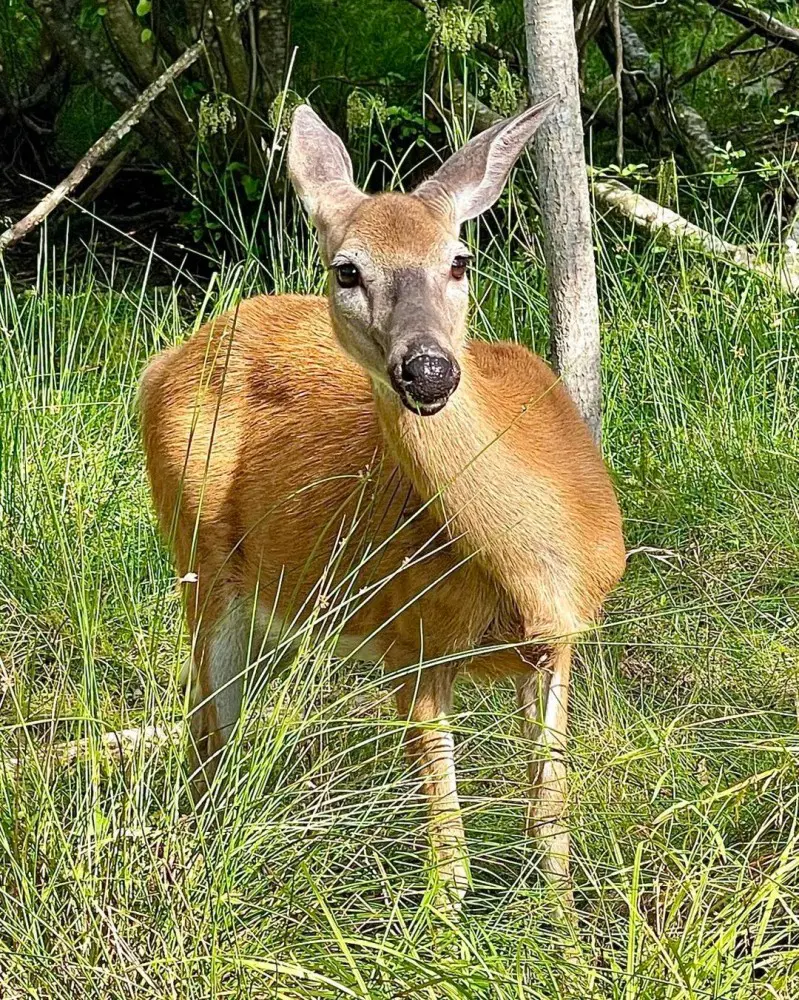
This post may contain affiliate links. If you make a purchase through links on our site, we may earn a commission.
Creating a garden that deer won't destroy can be challenging. However, choosing deer resistant plants and flowers can help.
These plants have natural traits that make them less appealing to herbivores, such as strong scents, tough textures, or toxic properties. By harvesting these plants in your garden, you can enjoy a beautiful landscape without worrying about these animals munching on your hard work.
1. Lavender
Ideal for adding both beauty and fragrance to your garden, lavender won’t get gobbled up by pesky deer this spring and summer. Its lovely purple flowers and soothing scent make it a favorite among gardeners.
Lavender also looks great as it dries out and retains its aroma when the weather gets cold. But you have to trim the dead stalks ahead to encourage fresh growth.
2. Yarrow
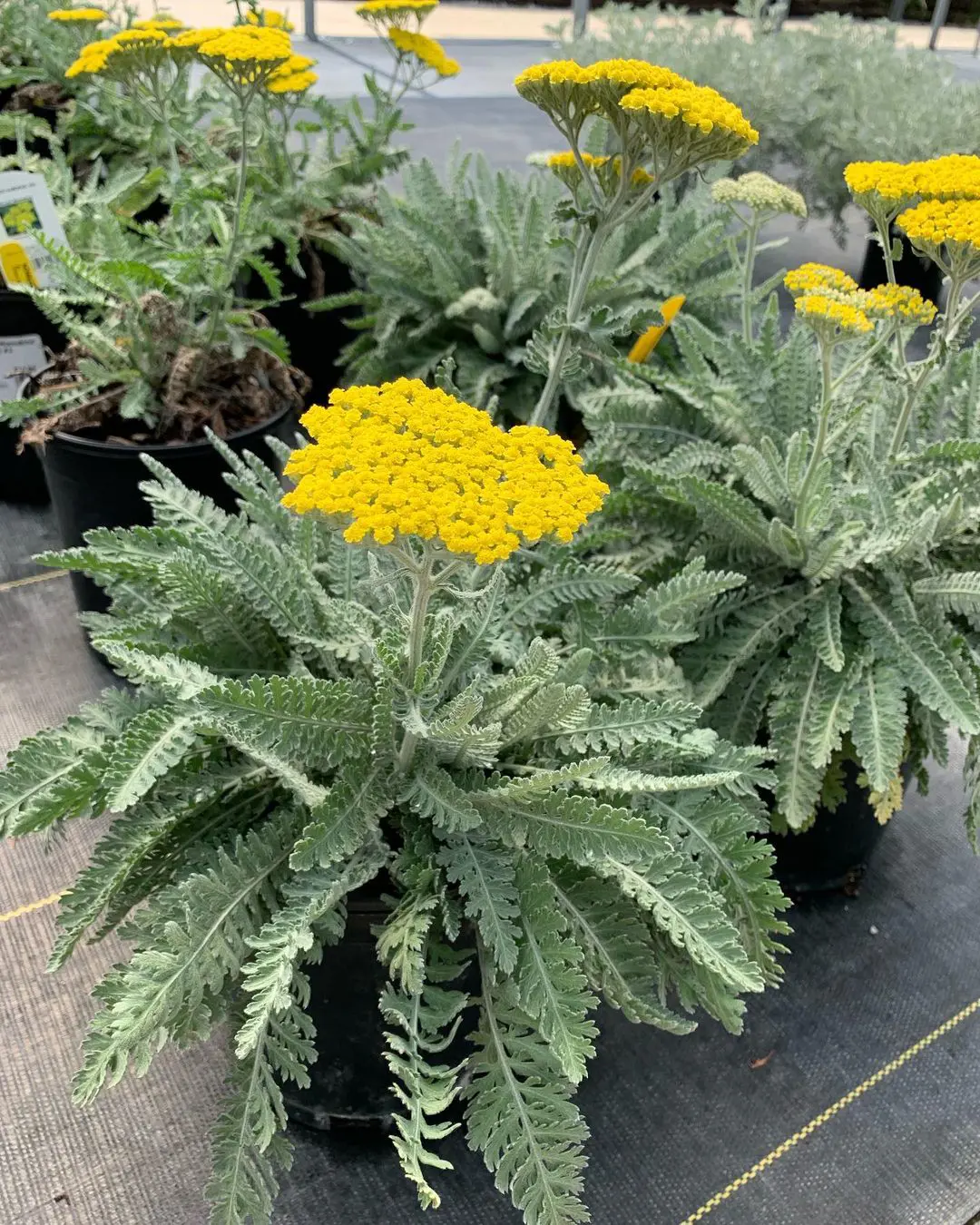
Yarrow is a hardy perennial known for its feathery, fern-like leaves. It grows well in sunny and well-drained areas.
The plant is often used for its long-lasting blooms and ability to attract pollinators like butterflies and bees. Yarrow is also valued for its medicinal properties.
3. Foxglove
Foxglove is a short-lived perennial known for its tall spikes of tubular flowers. These bell-shaped flowers are often speckled and distract animals like deer and raccoons.
Foxglove adds a dramatic, vertical element to garden landscapes growing in partial shades.
4. Salvia
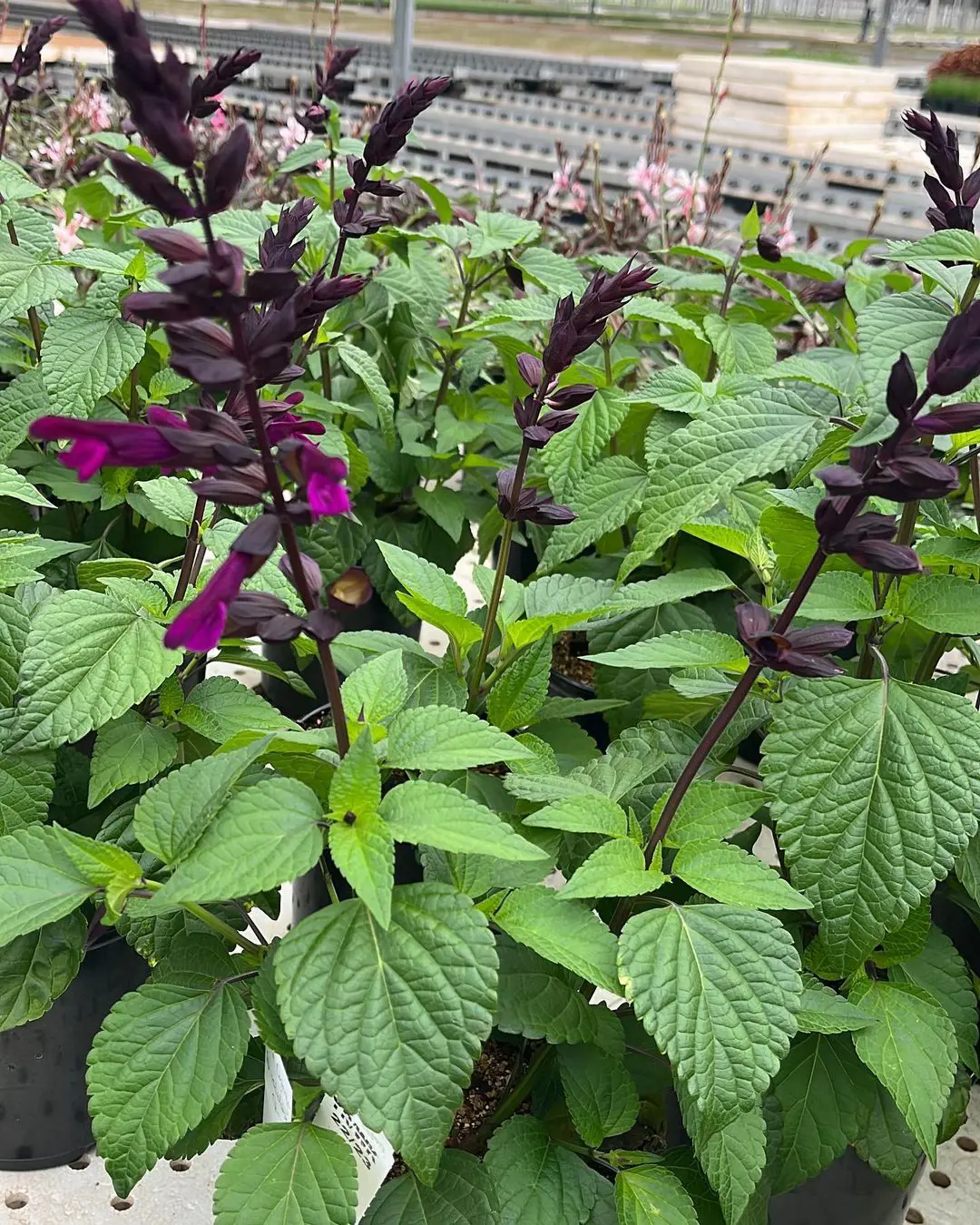
Salvia is a plant that deer tend to avoid, making it an excellent addition to any garden or flower bed. Salvia not only enhances your garden's aesthetic but also serves medicinal value.
Plus, this hardy perennial is drought-tolerant, making it both a beautiful and resilient choice for your landscape.
5. Echinacea
Echinacea (Coneflower) is a tough perennial plant with big, daisy-like flowers that have a raised, cone-shaped center. The flowers come in multiple colors that make deer stay away from them.
It grows best in sunny spots with well-drained soil. Echinacea is easy to care for and can handle dry conditions.
6. Lamb's Ear
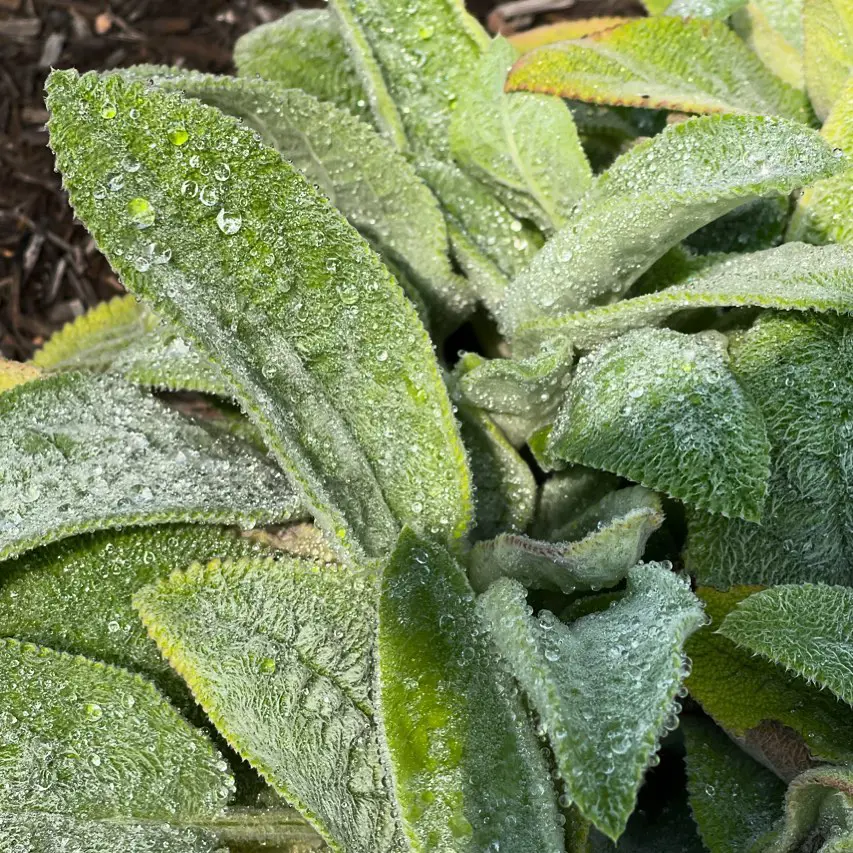
Lamb's Ear is a plant with soft, fuzzy leaves that look like the ears of a lamb. These leaves are a silvery-green color and feel velvety to the touch.
It grows well in sunny spots and doesn't need much water. It is often used as ground cover and the leaves are not tasty for the deers.
7. Coreopsis
Coreopsis is a type of colorful flower loved for its daisy-like appearance. They're tough plants that grow well in all sorts of places, from gardens to wild fields.
You can enjoy their pretty flowers from late spring to fall, which is really nice. Deer tend to avoid eating Coreopsis plants because they have a bitter taste and produce chemicals.
8. Russian Sage
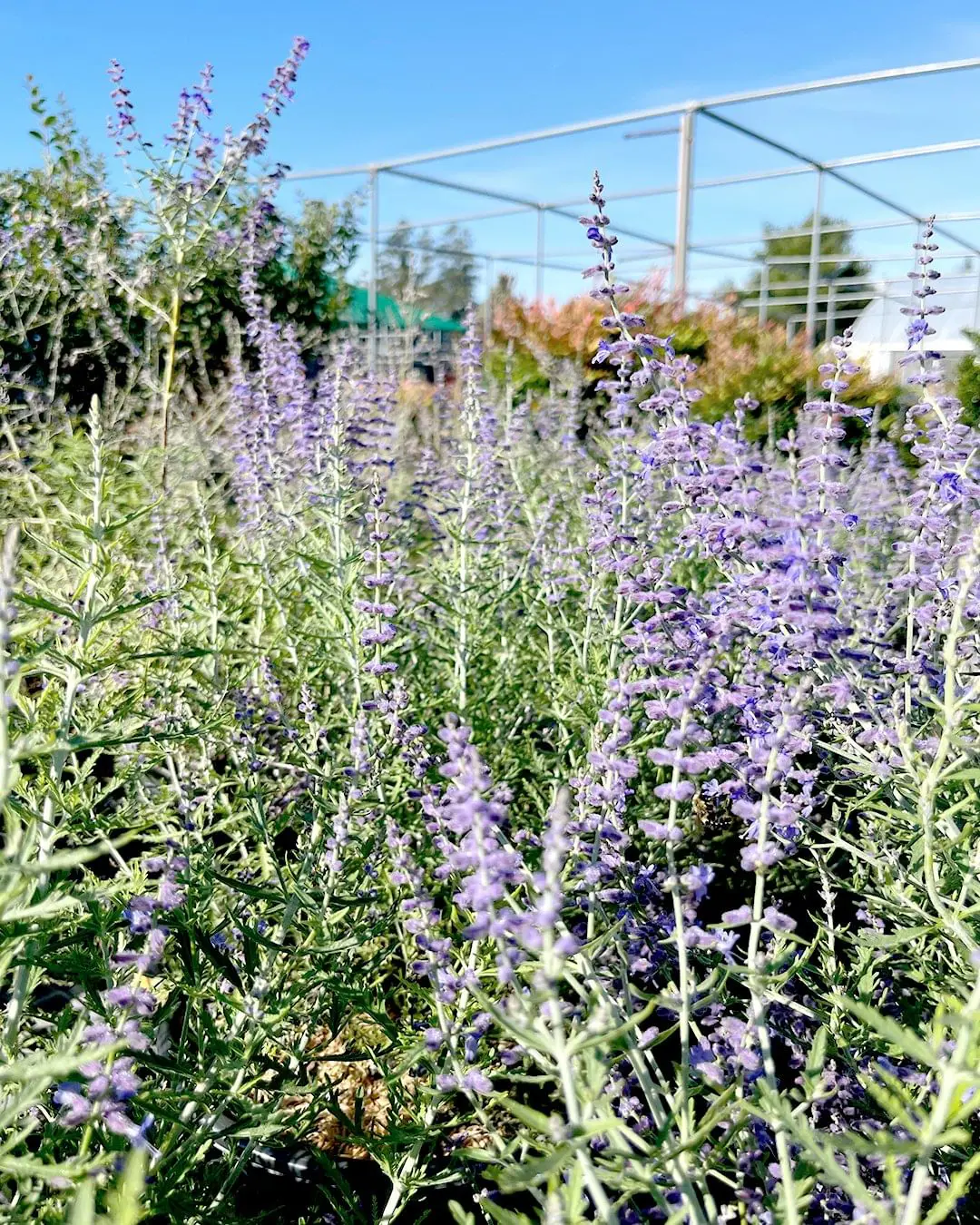
Russian Sage is a herb revered for its aromatic foliage and lavender-blue flowers. Its silvery-gray leaves emit a pleasant fragrance when crushed.
Russian Sage blooms from mid-summer to fall. Despite its beauty, deer typically avoid eating it due to its strong scent and the presence of volatile oils in its leaves.
9. Bee Balm
Bee Balm is a perennial prized for its colorful, tubular flowers. Native to North America, it thrives in sunny spots and moist, well-drained soil.
Deer tend to avoid Bee Balm due to its strong, minty aroma and the presence of thymol in its leaves. These factors make Bee Balm unpalatable to other wild animals too.
10. Catmint
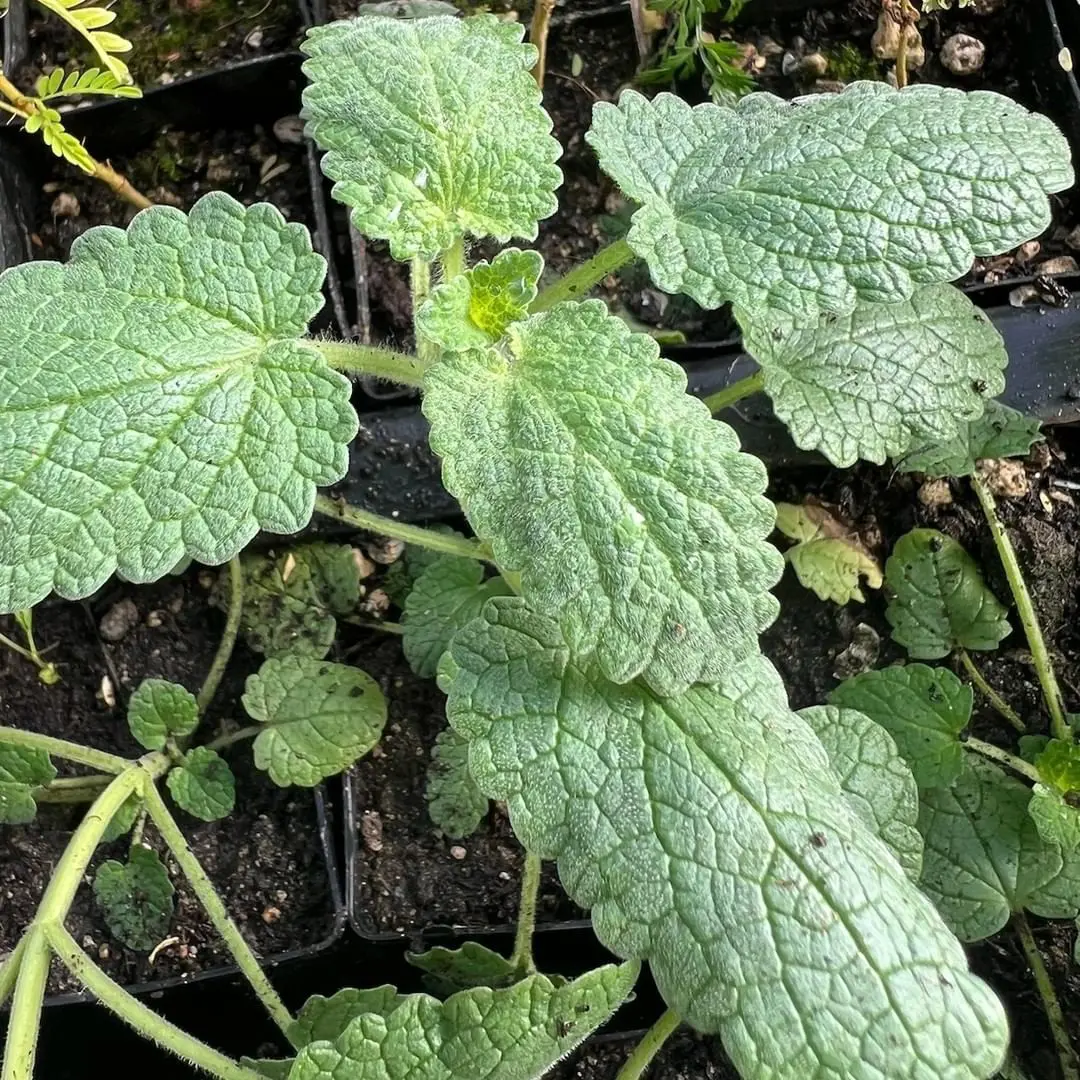
Homegrown herbs are a fantastic way to enhance your cooking, but deer often find edible plants irresistible. However, fragrant catmint is an exception.
Its strong, minty aroma and the presence of nepetalactone make it unappealing to deer. Plant catmint in and around your vegetable patches to deter these curious critters.
11. Peony
Like many fragrant herbs, Peony is a plant deer won’t go near. That makes it a great addition to any garden or flower bed.
Peonies also add a touch of elegance with their large, lush blooms and come in a variety of colors, making them a beautiful and practical choice for your garden.
12. Bleeding Heart
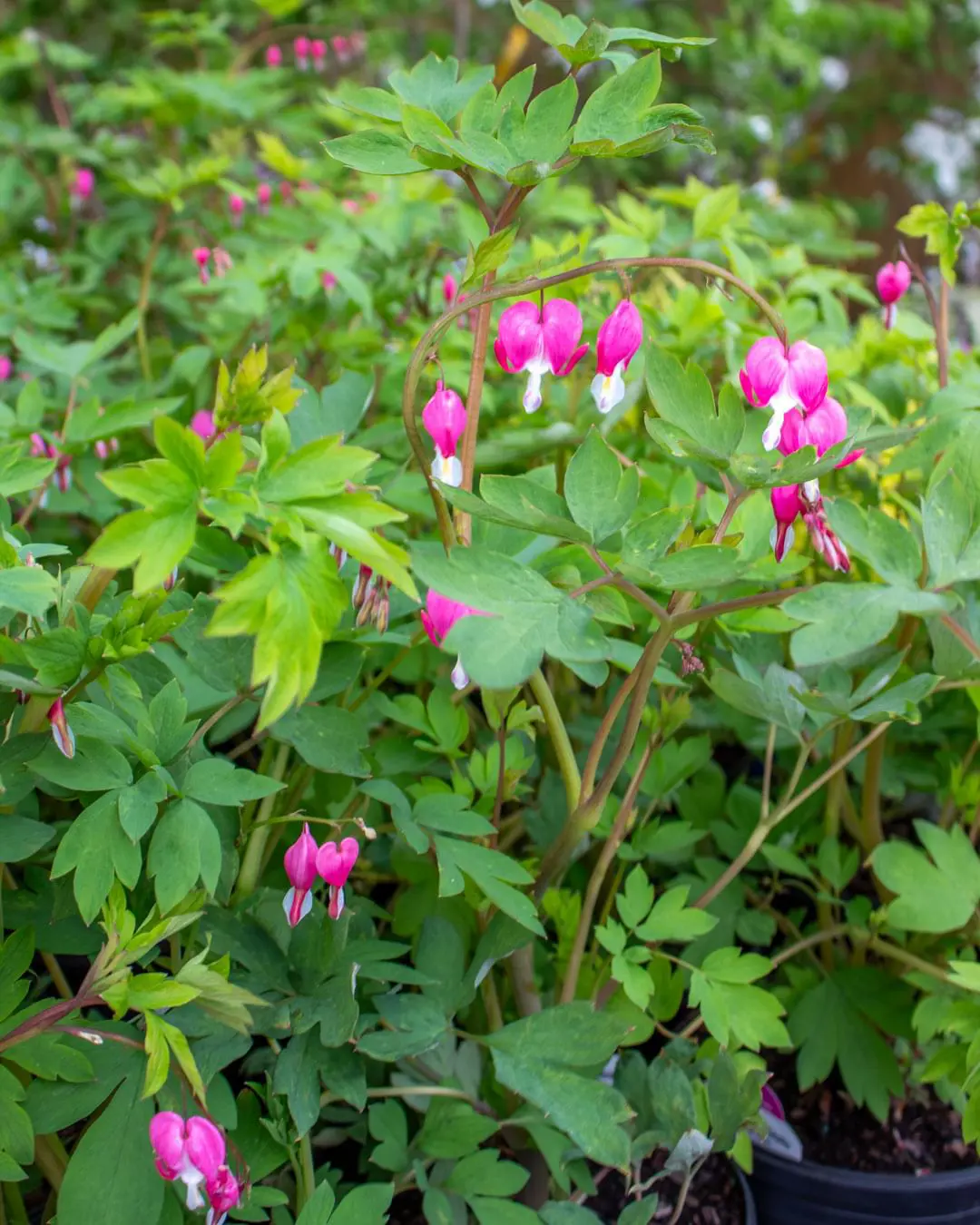
Delicate and charming, Bleeding Heart flowers introduce a touch of elegance to your flower beds. With their unique, heart-shaped flowers in shades of pink and white, these plants add a romantic flair to any garden.
They are among the first to blossom each spring, bringing new life and color after the winter. Fortunately, deer are not fond of tasting them, so they tend to leave these beautiful plants alone.
13. Dianthus
Dianthus plants are a great choice for gardens as deer won’t snack on them either. These plants are perfect for adding colors to your flower beds—plus, they offer a delightful, spicy scent.
Ideal for borders or container gardening, Dianthus adds both color and charm to any garden setting.
14. Fern
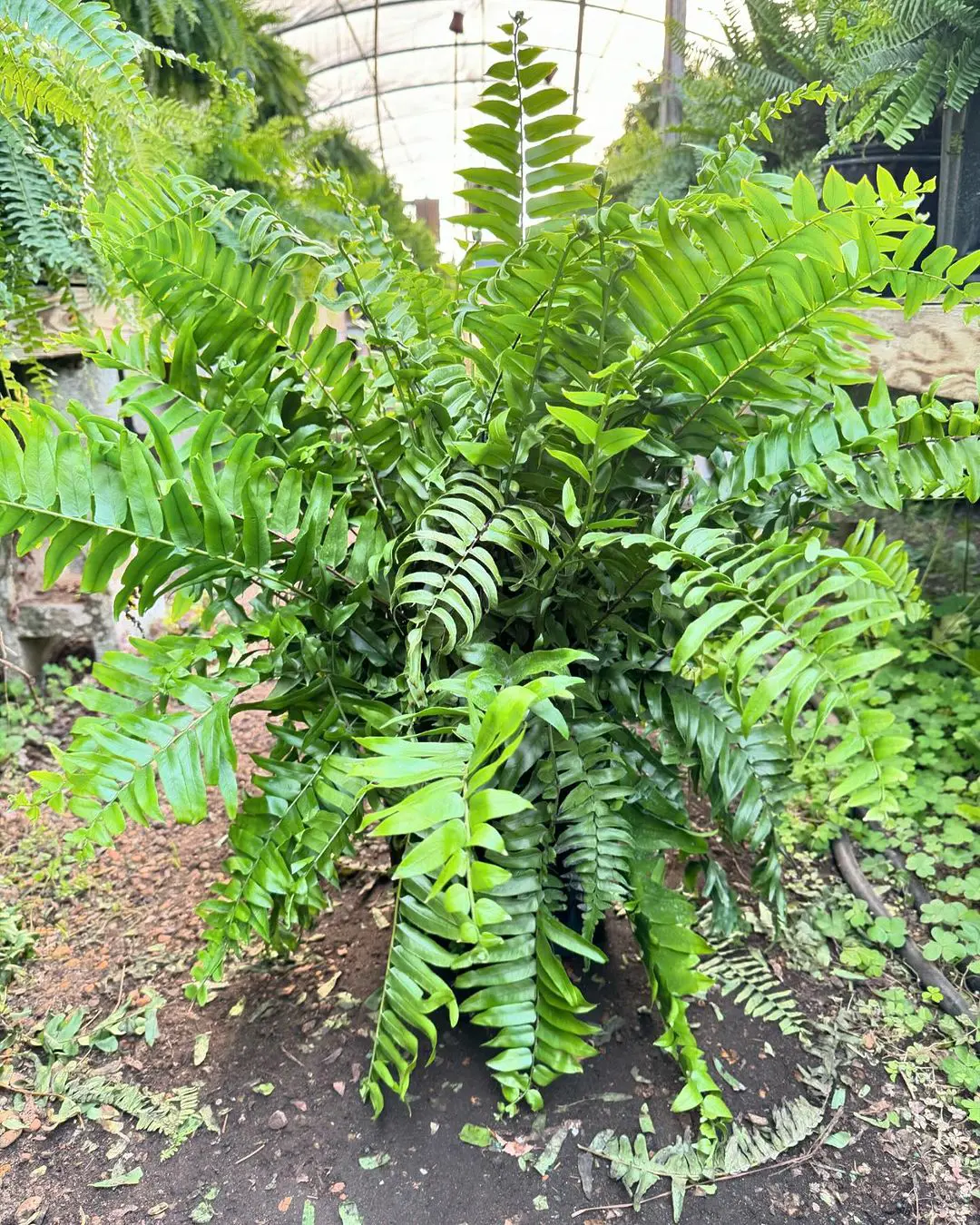
Ferns are beloved for their green fronds and delicate leaves. Ferns pose no threat, but neither they are edible for animals.
Whether planted as ground cover or showcased in hanging baskets, ferns offer enduring charm. Plus, their low-maintenance nature makes them an ideal choice for beginners
15. Gaillardia
Commonly known as Blanket Flower, Gaillardia adds a burst of color to gardens. Gaillardia is a favorite among gardeners for its cheerful appearance and long-lasting flowers.
Deer tend to avoid Gaillardia due to its bitter taste and the presence of compounds like sesquiterpene lactones, which are naturally repellent to grazing animals.
16. Heuchera
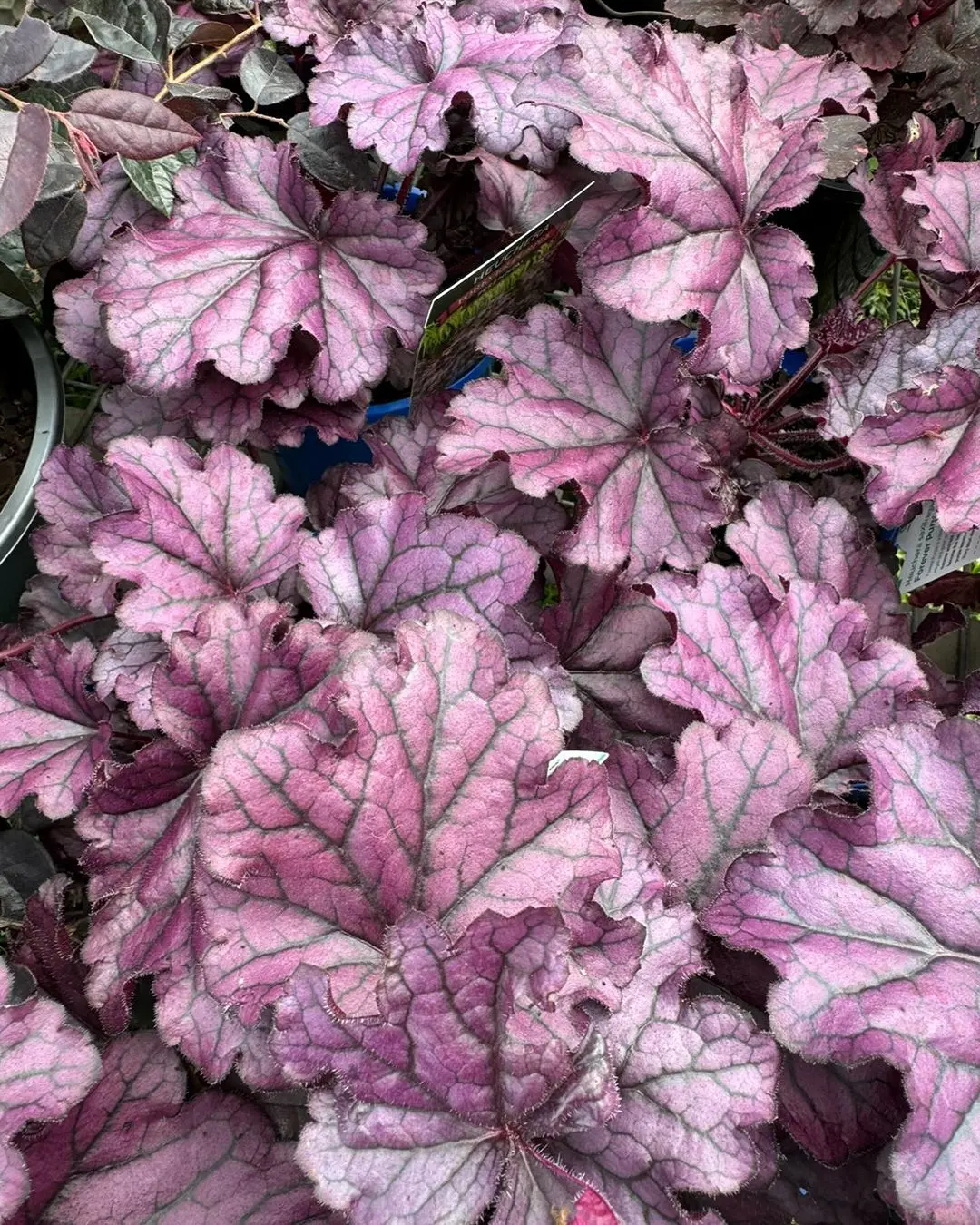
Heuchera offers a diverse range of flowers like silver, bronze, and red. Heuchera adds texture and interest to garden beds and containers.
Deer typically avoids Heuchera due to its slightly fuzzy leaves, which can impart a bitter taste. This natural deterrent makes Heuchera a reliable choice for gardens in areas frequented by wild animals.
17. Hosta
Hostas are relatively low-maintenance, but they may require protection from slugs and snails, which are attracted to their tender leaves.
These plants have thick, waxy leaves that are not as palatable to deer. Hostas contain certain compounds, such as saponins and alkaloids, that can make them taste unpleasant.
18. Astilbe
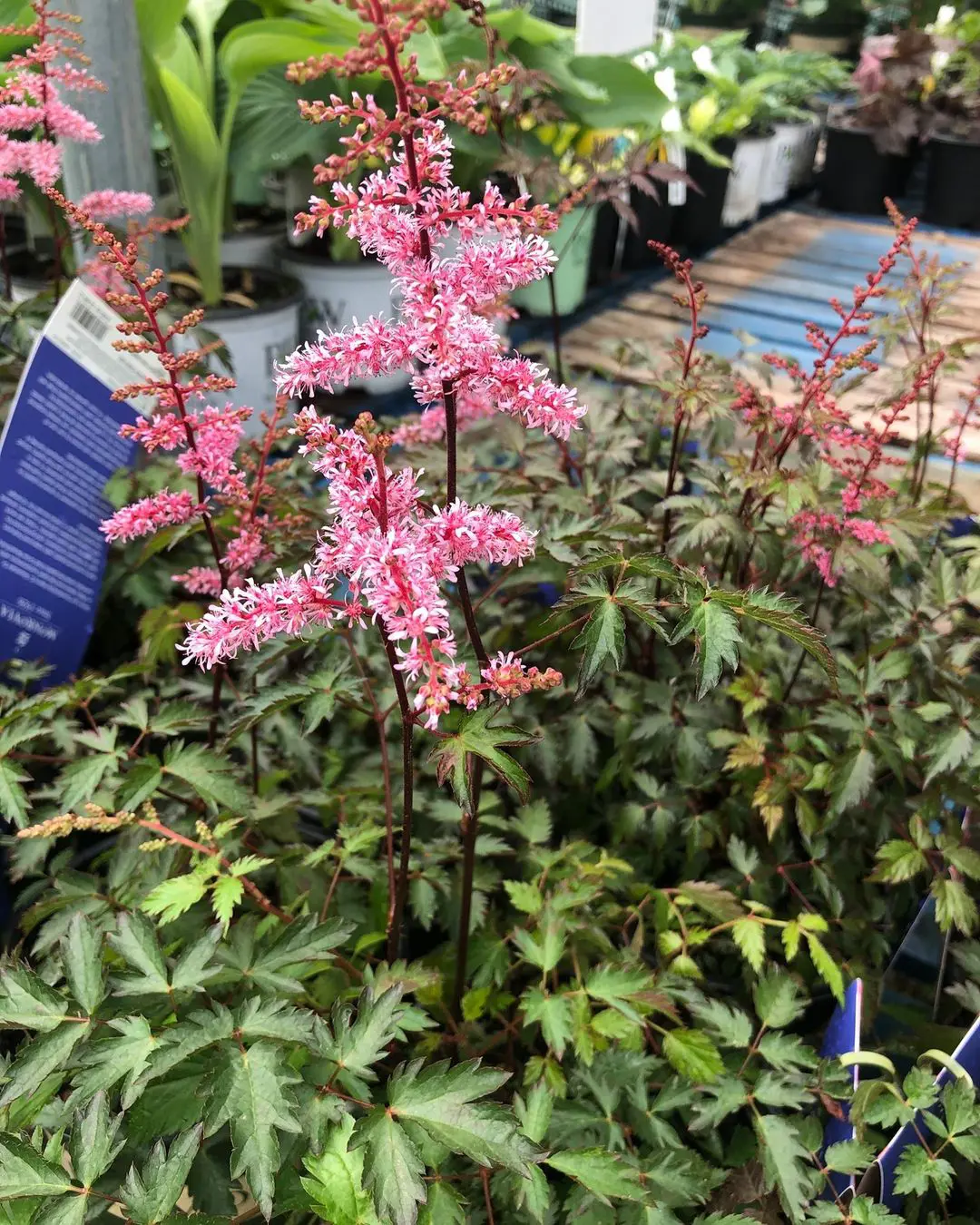
Astilbe produces its feathery plumes of flowers over an extended period, often lasting several weeks. Its finely divided leaves and dense growth habits may deter deer from browsing on them.
19. Baptisia
Baptisia, or False Indigo, is a striking perennial for sunny gardens. With beautiful pea-like blooms in late spring to early summer, it adds elegance to any landscape.
Baptisia's variety of flower colors and deep roots make it both versatile and drought-tolerant once established. Plus, it's highly deer-resistant, making it a perfect choice for gardens visited by these animals.
20. Sedum
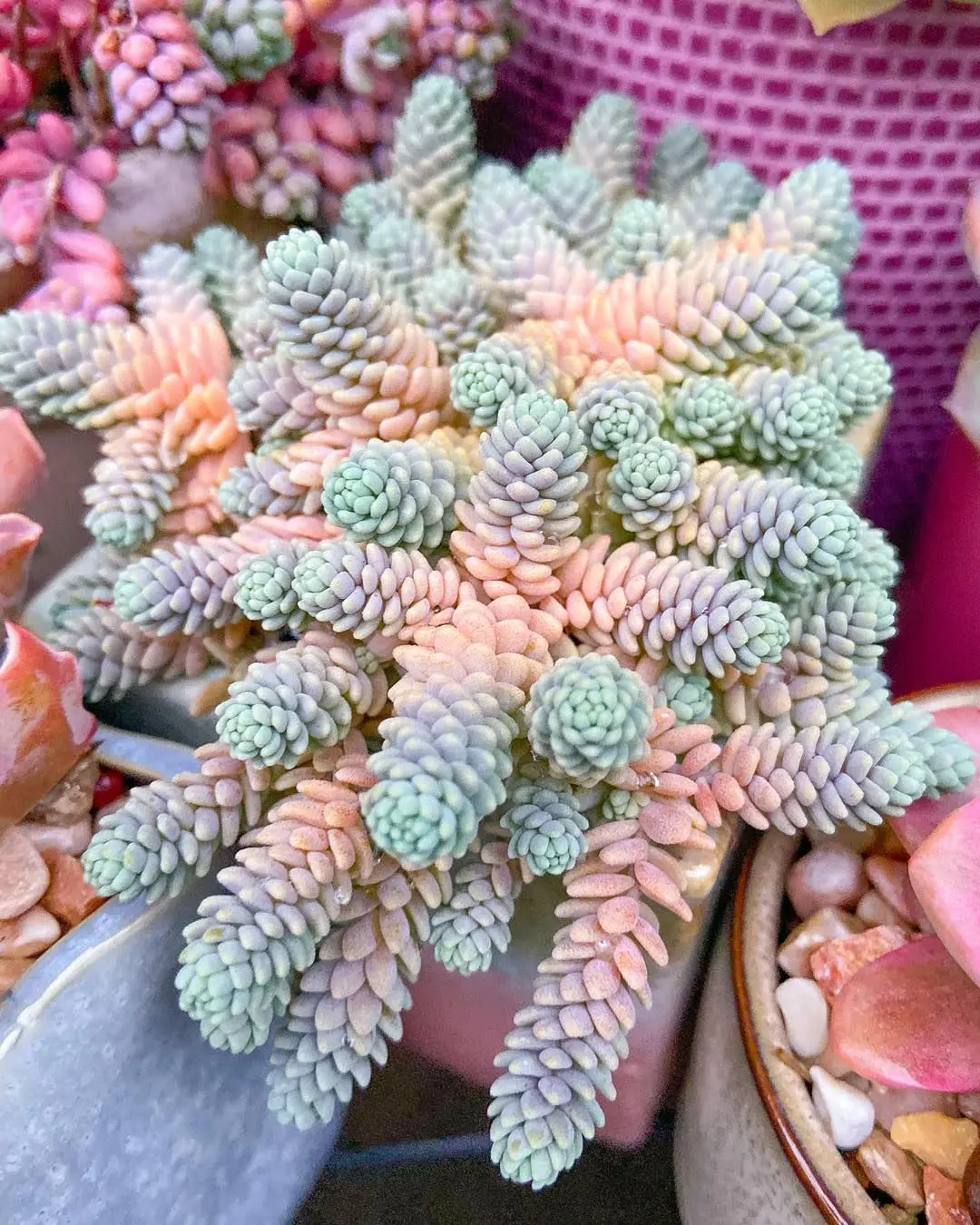
The charming sedum plant is a fantastic addition to both planters and borders. Sedum's ruffled blooms are often avoided by deer, making it a great option for gardens frequented by these animals.
With its low-maintenance nature and ability to grow in various conditions, this plant is a popular choice for outdoor spaces.
21. Marigold
Marigolds produce a pungent odor that deer find unpleasant, acting as a natural deterrent to grazing. Their vibrant blooms and easy cultivation make them a valuable addition to landscapes seeking beauty.
22. Zinnia
Zinnias are easy-to-grow flowers that come in a wide range of colors and sizes. With their resilience to various growing conditions, zinnias are a popular flower for gardeners looking to add charm to their outdoor spaces while deterring deer.
23. Snapdragon
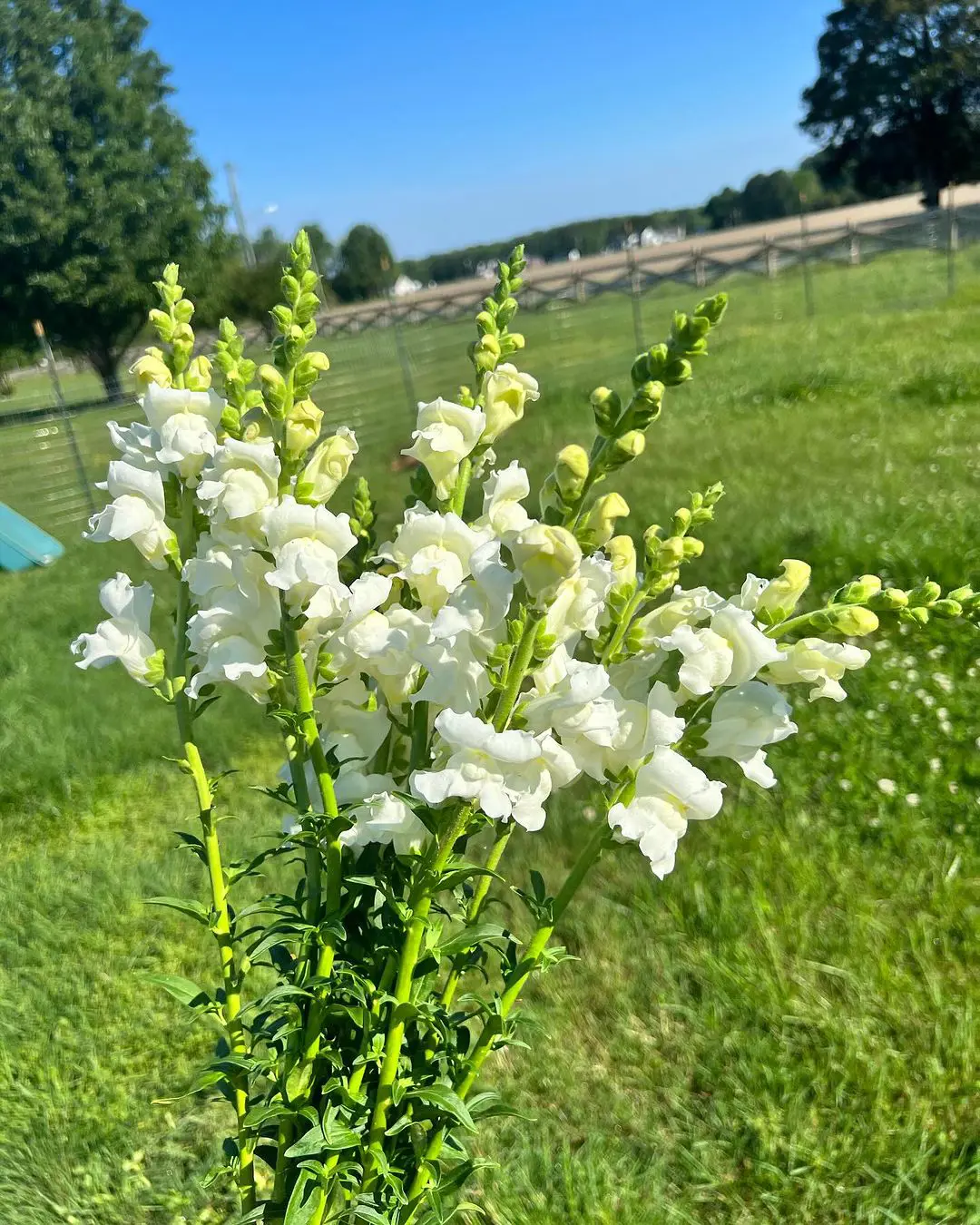
Snapdragons are beloved for their unique snap-like blooms that resemble a dragon's mouth. While not particularly known for their deer resistance, snapdragons contain bitter-tasting compounds that these animals typically avoid.
24. Lantana
Lantana is admired for its vibrant clusters of flowers that change color as they mature. One of its unique features is its pungent scent, which deer find unappealing, making it less likely to be browsed by them.
25. Ageratum
Ageratum, also known as floss flower, produces fluffy clusters of small flowers. These plants contain compounds that give them a slightly awful taste, barring deer from consuming them.
26. Dusty Miller
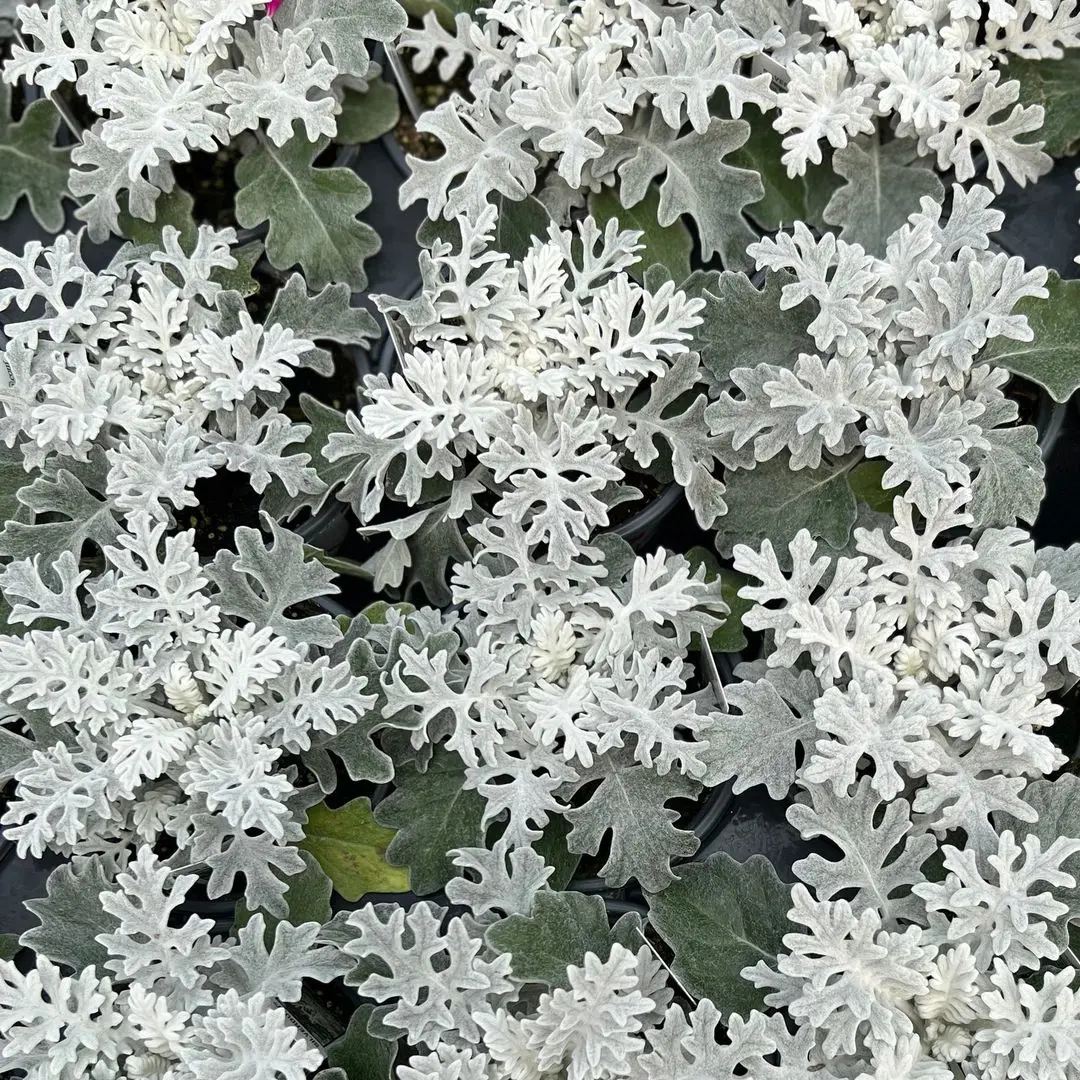
Dusty Miller is known for its silvery-gray foliage, adding texture and contrast to garden beds. Its fuzzy leaves and strong odor make it less attractive to deer, contributing to its resistant nature.
27. Heliotrope
Heliotrope is cherished for its clusters of fragrant, purple flowers that bloom throughout the summer. The strong odor of heliotrope can mask the smell of nearby plants that deer find appealing, helping to avoid consuming them.
28. Nicotiana
Nicotiana, or flowering tobacco, looks like trumpet-shaped flowers that release a sweet fragrance in the evening. While not all varieties are deer-resistant, some contain compounds that make them less palatable to them.
29. Cleome
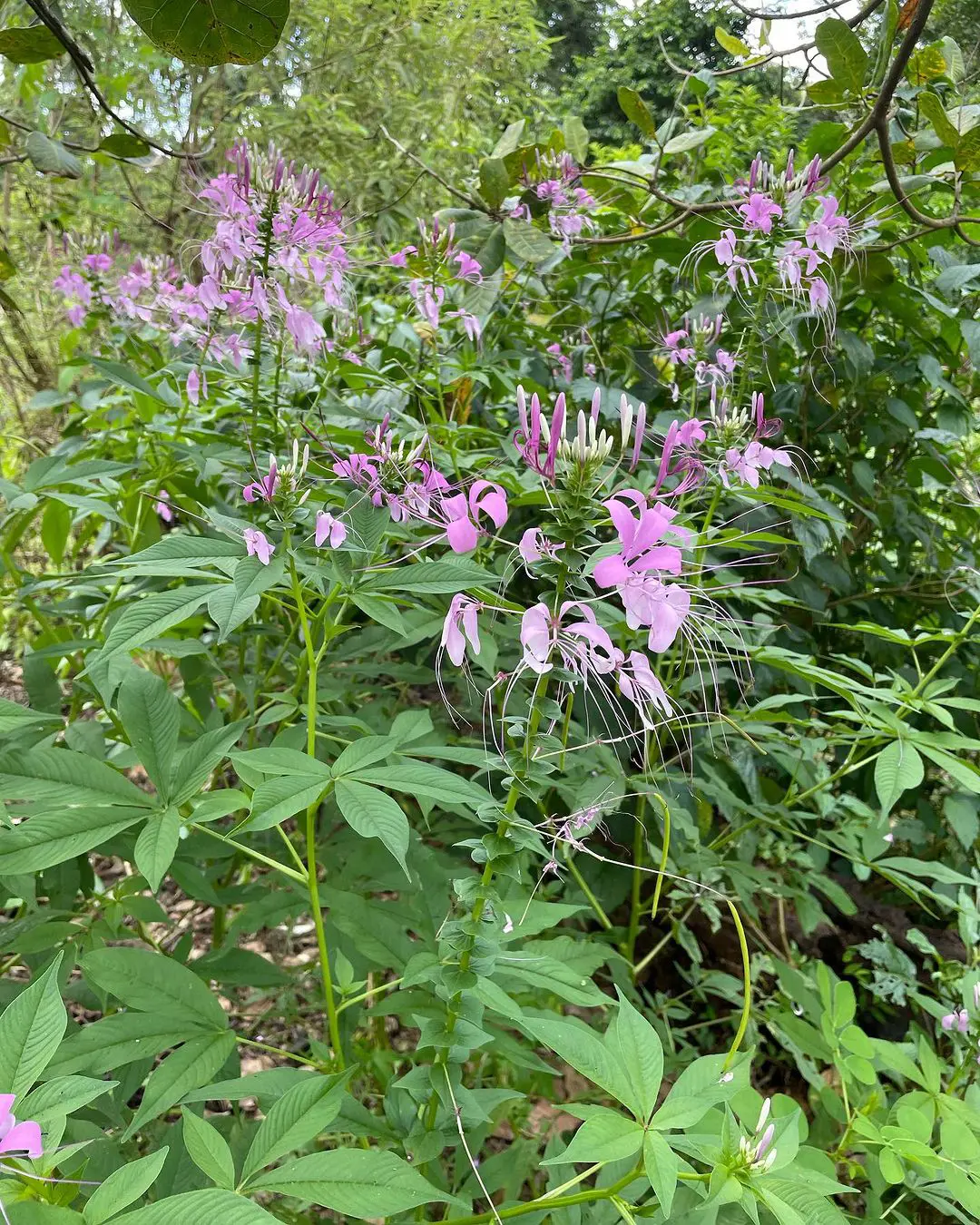
Cleome or the spider flower, features tall stems topped with agglomeration of spider-like blooms. Its spiky foliage and pungent smell make it less appealing to herbivores, reducing the likelihood of browsing.
30. Verbena
Verbena is prized for its colorful, long-lasting blooms that attract butterflies and bees. While not inherently deer-resistant, some varieties contain compounds that they find unappetizing.
31. Boxwood
Boxwood is valued for its dense, evergreen foliage and versatility in landscaping. While not entirely deer-proof, boxwood contains some compounds that herbivores generally avoid, making it less susceptible to eating.
32. Barberry
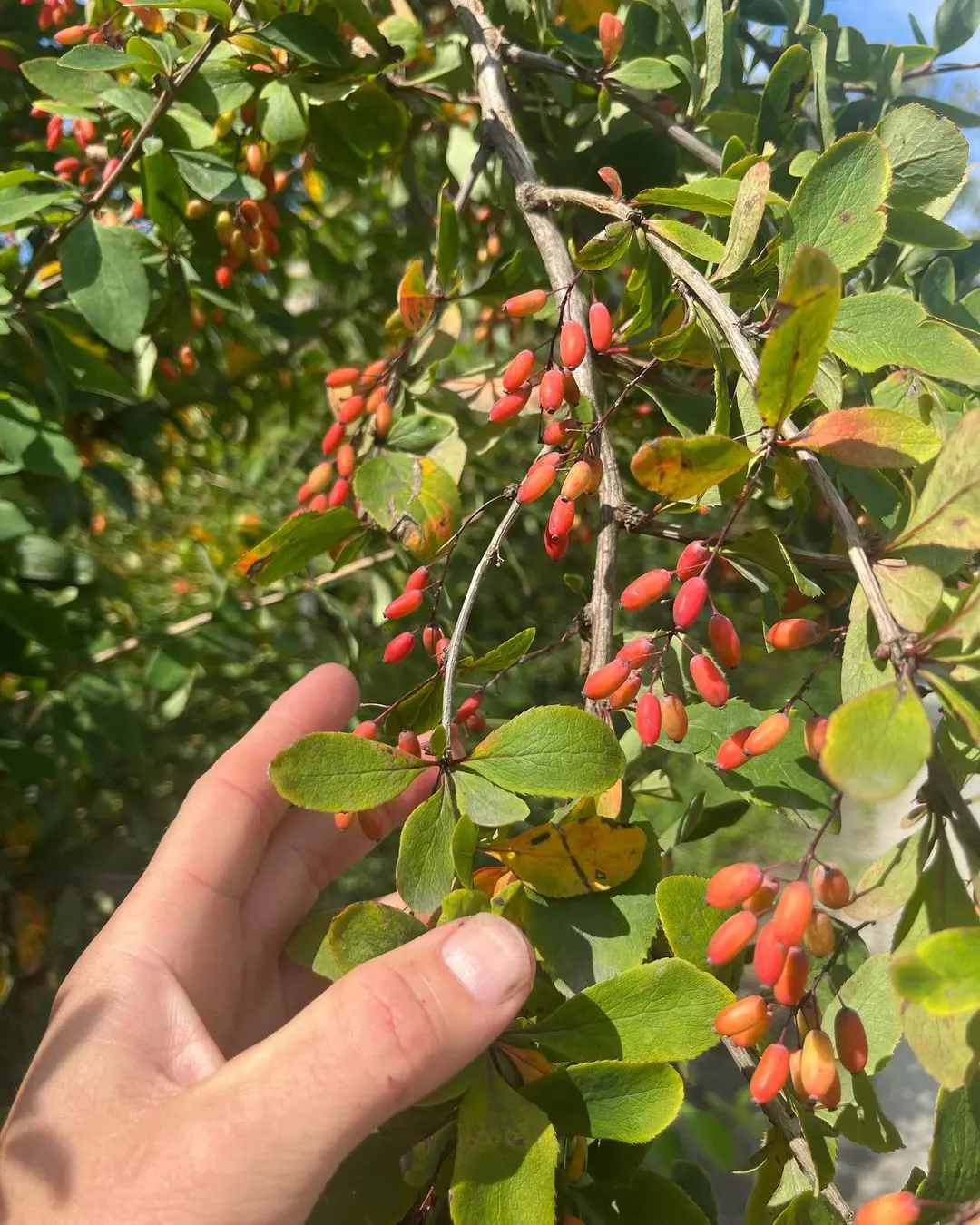
Barberry is admired for its colorful vines and thorny branches, providing both beauty and security in garden landscapes. The sharp thorns of barberry leaves put off deer from feeding on them.
33. Butterfly Bush
Butterfly Bush, as the name suggests, is known for its ability to attract butterflies with its nectar-rich blooms. While deer may occasionally browse on butterfly bush, its strong fragrance can keep them off.
34. Holly
Holly is prized for its glossy, evergreen leaves and festive red berries in winter. The spiny leaves of holly make it less appealing to deer, while the toxicity of its berries further discourages consumption.
35. Lilac
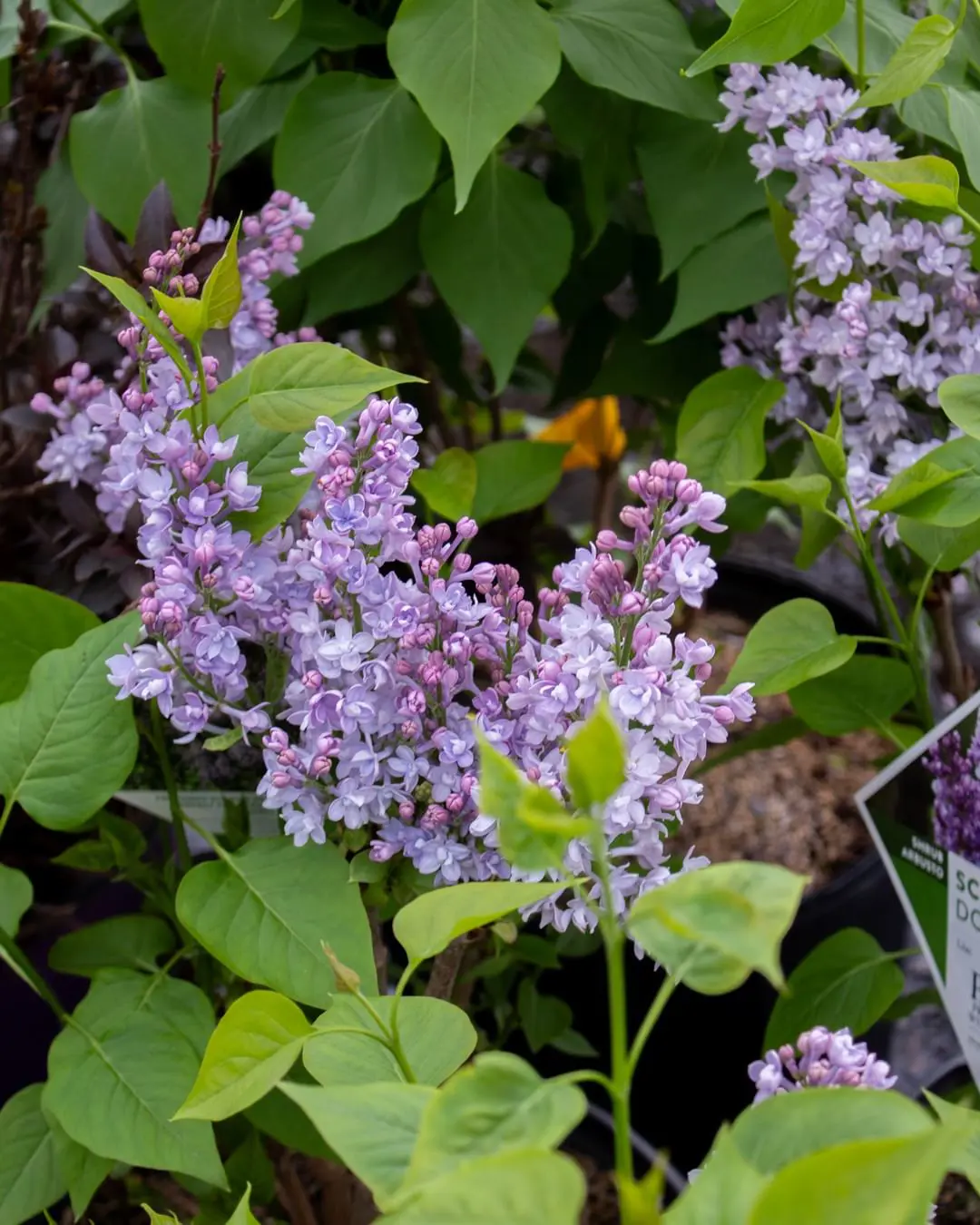
Lilac is loved for its fragrant clusters of flowers that blossom in spring. While not all varieties are deer-resistant, some lilac species contain compounds that these animals find unappealing.
36. Rhododendron
Rhododendron is admired for its large, showy blooms and evergreen leaves. The leathery texture of the plant's leaves makes them less desirable to deer.
Many rhododendron species have evergreen leaves that provide year-round interest and structure to the garden.
37. Spirea
Spirea is valued for its graceful, arching branches and a clump of flowers that blooms in spring and summer. The plant and its leaves contain toxins that deer tend to avoid.
38. Forsythia

Forsythia is popular for its bright yellow flowers that herald the arrival of spring. While deer may try to browse on forsythia occasionally, its acidic-tasting foliage can discourage feeding.
39. Dogwood
Dogwood is a well-known flower that provides colorful flowers and distinctive branching patterns. It can be grown as trees, shrubs, or ground covers, making them adaptable to various landscape uses.
The leaves of plants contain poisonous chemicals that make deer's guts impatient.
40. Juniper
Juniper is celebrated for its aromatic foliage and ability to thrive in various landscapes. The strong scent and prickly texture of juniper needles make them standalone to herbivores, contributing to the deer-resistant nature.
Recent posts
Plant Care
Plant Care
How To Take Care Of An Orchid Plant? 11 Tips And Tricks
If you love gorgeous orchids but are worried they're too high-maintenance, don't worry. This guide is like a cheat sheet for orchid newbies. Forget fancy words and confusing schedules — we're talking about how to take care of an orchid pla...
Plant Care
How To Grow and Care For Peace Lily Plant
The Peace Lily is an indoor plant that is most valued for its beautiful and shiny green leaves as well as the white blooms. Hard and tolerant, it’s naturally a low-maintenance addition to your plant collection. If you are confused, let us tell ...
Plant Care
Pothos Plant Care And Growing Guide
Adding a Pothos plant (Devil’s Ivy) to your home benefits the environment and aesthetic of your personal space. It's easy to maintain and is loved for it's ability to enhance indoor air quality by removing toxins like formaldehyde, benzene, and...
Plant Care
Snake Plant Care and Growing Guide
Snake plants require low maintenance, and low light and are almost impossible to kill, making them a perfect plant for beginners and seasoned gardeners. In this guide, we will explore essential care tips and optimal growing conditions for snake plant...
Plant Care
How To Plant, Grow and Care Majesty Palm
The majestic palm, scientifically known as Ravenea rivularis, makes for a stunning indoor tree with its lush and grand fronds. Originating from Madagascar's river banks, this resilient houseplant is cherished not only for its beauty but also for its ...
Plant Care
How To Grow And Care For A Hosta Plant
Hosta plants are widespread perennials, often grown for their beautiful and diverse foliage. They are extremely easy to care for and can thrive in various conditions, particularly shade or semi-shade. These hardy plants can last for many years and re...
